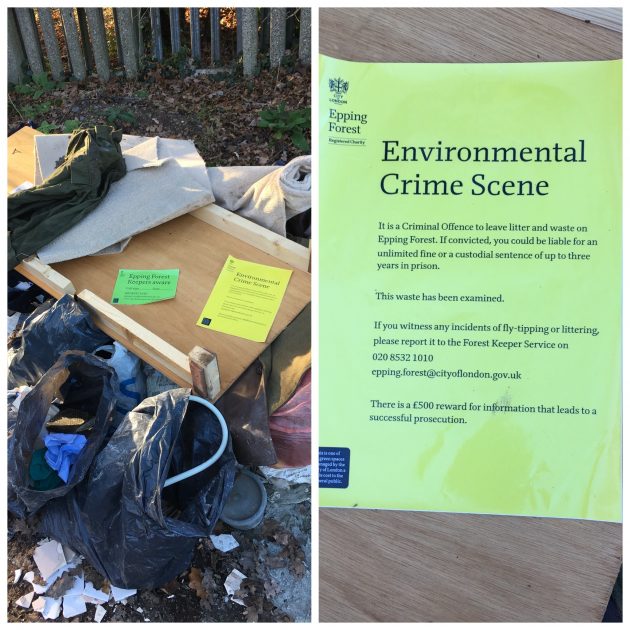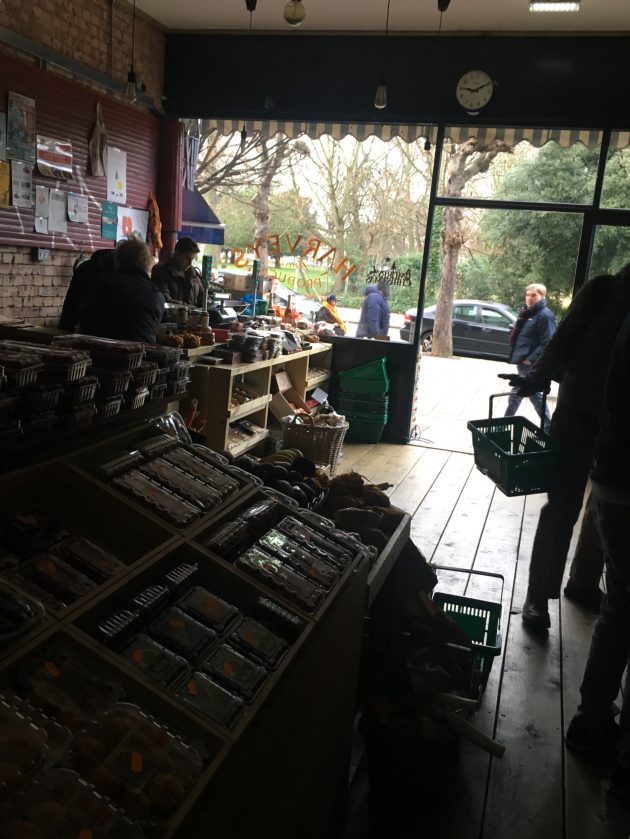
Opposition to the way Redbridge Council is planning to introduce dramatic parking changes in Wanstead without consultation has strengthened over the Christmas break, and campaigners are intending to make their views known at a series of council meetings.
But despite an acknowledgement from council leader Cllr Jas Athwal of the plan’s controversy the plan, poles for new parking restriction signs were installed along Overton Drive on Tuesday afternoon, infuriating residents.
Opinions vary about the £93k scheme which would introduce pay and display parking on Wanstead High Street and massively increase the area of residents-only parking in central Wanstead. But the greatest ire seems to be reserved for the council’s refusal to consult with residents – with some campaigners saying this is against the law. Previous parking proposals were widely discussed before being implemented, but Redbridge is planning to use a loophole for “experiments” to avoid consultation obligations.
One Overton Drive resident wrote to Sajid Javid, secretary of state for communities and local government,* appealing for his help in forcing Redbridge to consult residents before introducing the scheme. Meanwhile a petition which is demanding a consultation now has 1,500 signatories – some on paper, some online. Anyone wishing to sign the petition can do so via the link below. If they can get more signatures before Friday, campaigners are hoping to able to force a vote at the next full council meeting.
* Correction: this story earlier said the resident had written to Sadiq Khan, mayor of London, rather than to Sajid Javid .

 2016 was another year of amazing growth for Wansteadium, so as we say every year at this time, THANK YOU to everyone who has read, commented, subscribed, contributed, tipped-off, submitted photos, liked us on Facebook or retweeted us. Without you all there wouldn’t be much point in Wansteadium existing, and it would be much less fun too.
2016 was another year of amazing growth for Wansteadium, so as we say every year at this time, THANK YOU to everyone who has read, commented, subscribed, contributed, tipped-off, submitted photos, liked us on Facebook or retweeted us. Without you all there wouldn’t be much point in Wansteadium existing, and it would be much less fun too.
 Flytippers beware.
Flytippers beware.
 An inconvenient High Street power cut made for an impromptu Christmassy atmosphere in Harvey’s greengrocer on Christmas Eve morning.
An inconvenient High Street power cut made for an impromptu Christmassy atmosphere in Harvey’s greengrocer on Christmas Eve morning.